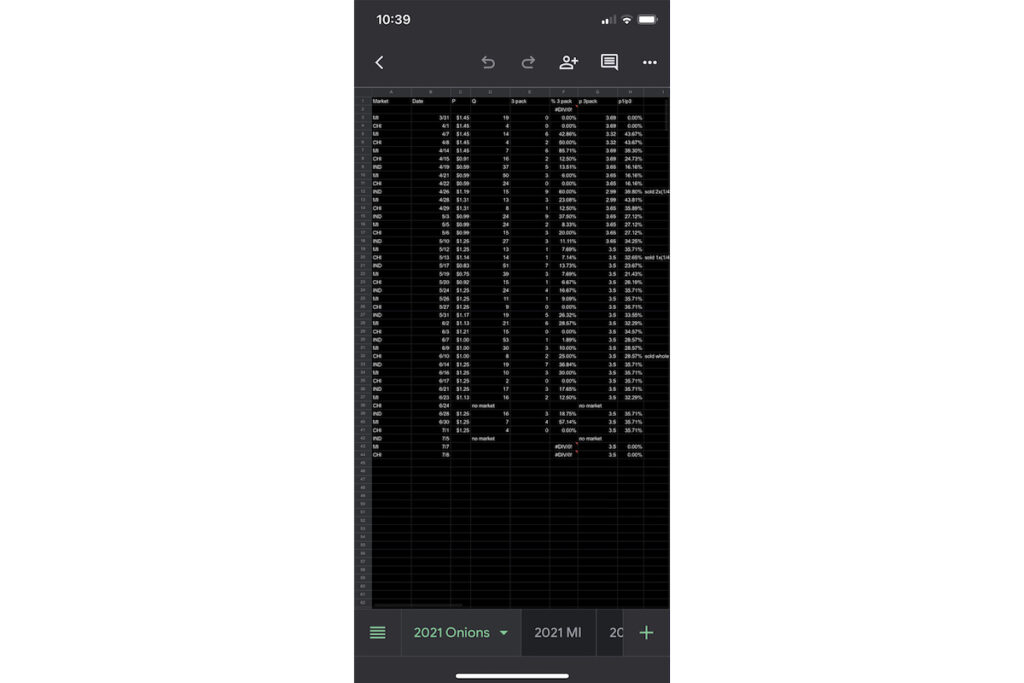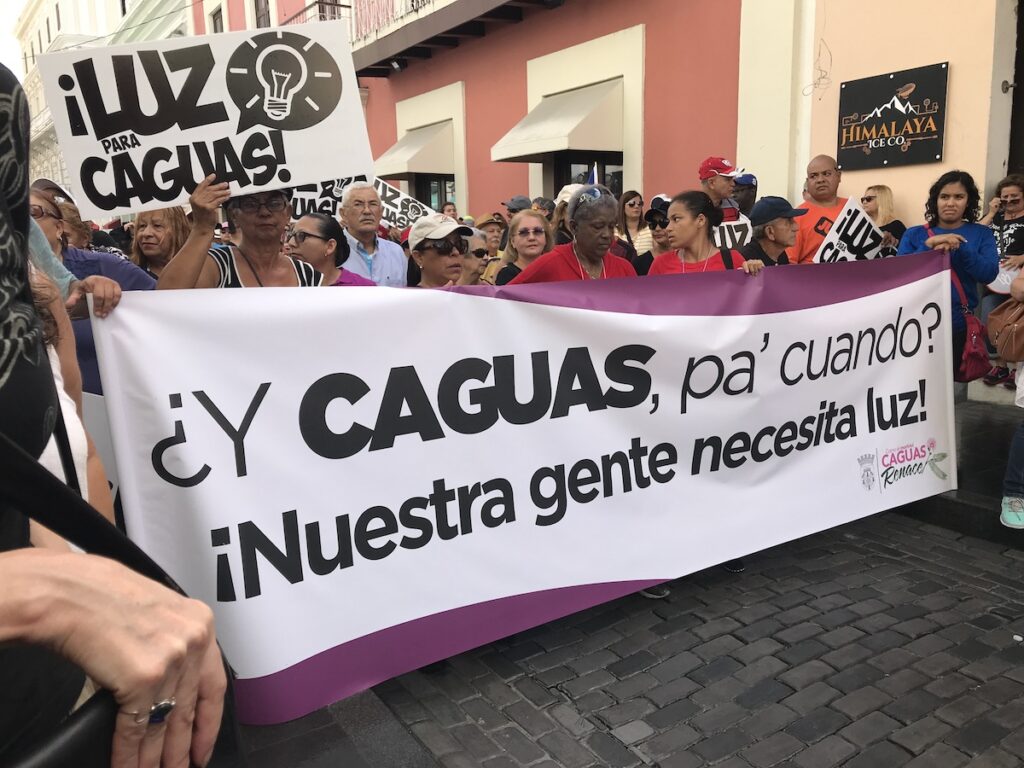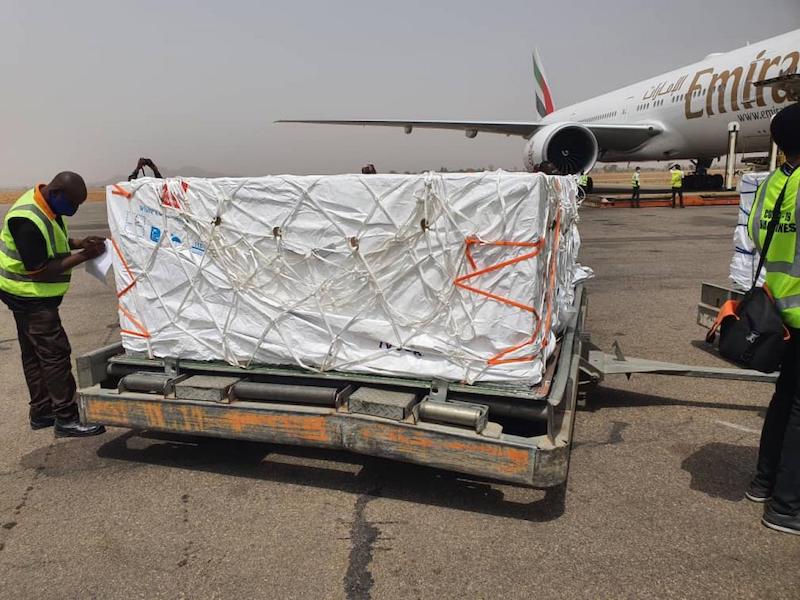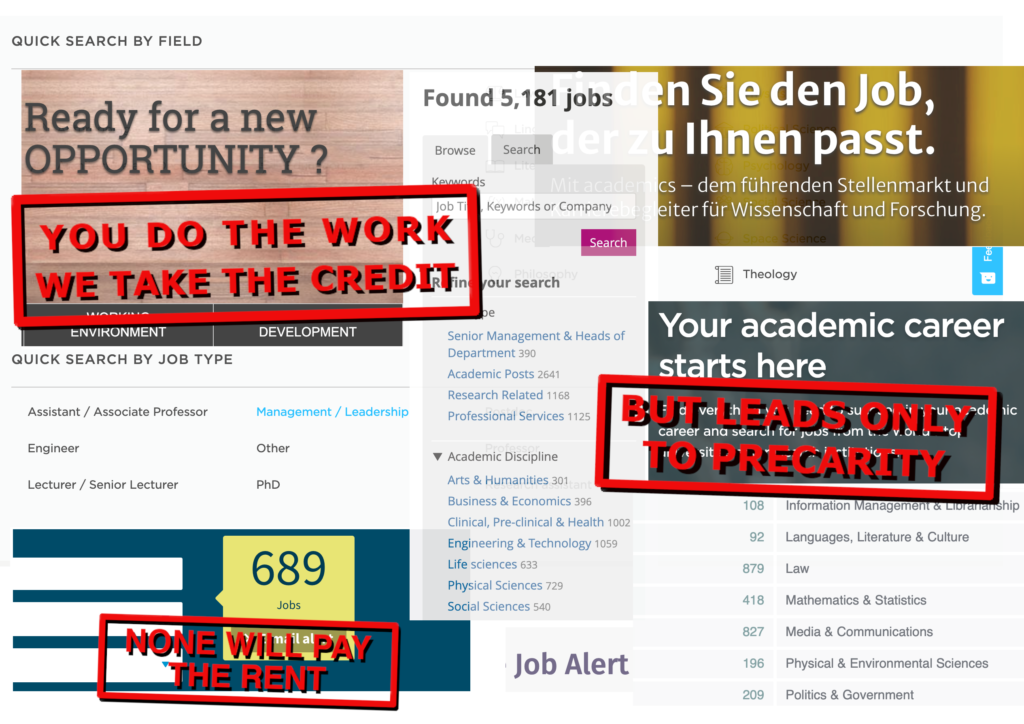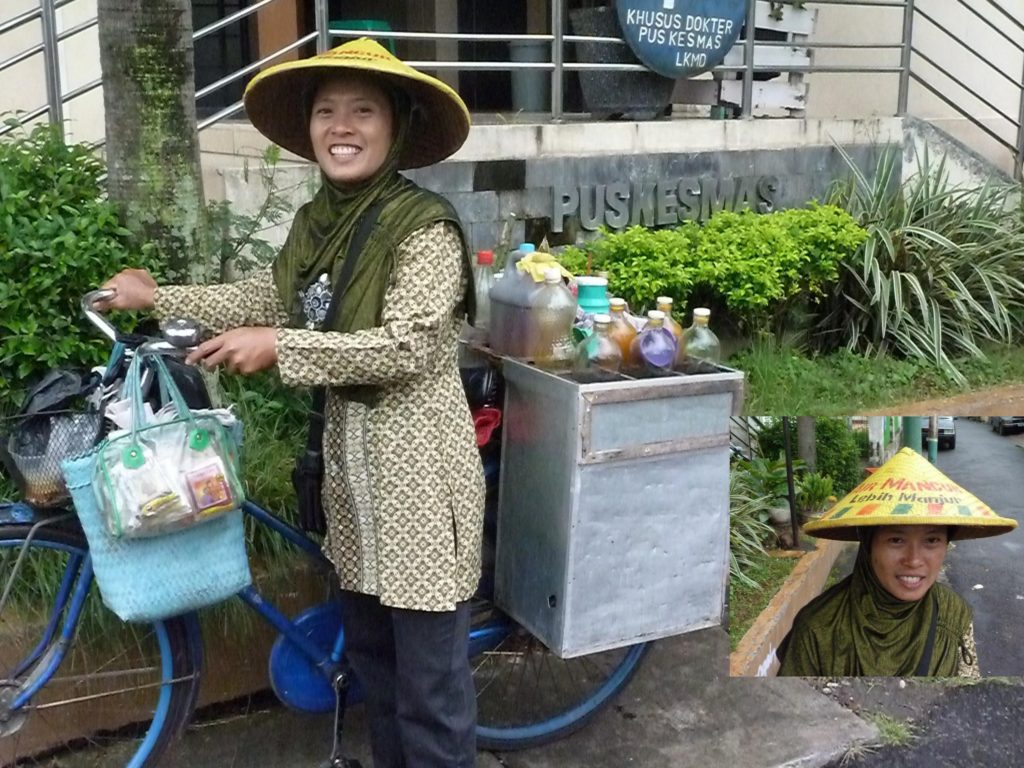My interest in the tensions between job preservation and ecological transition comes from my fieldwork among neorurals in Diois, a relatively isolated mountainous area in Southeastern France. The term neorurals (a literal translation from French néoruraux) refers to a diverse group of urban-to-rural migrants; one of its major components is back-to-the-landers who move to the countryside because they want to live in an environmentally friendly manner. The modern neorural movement is about fifty years old and has been at the forefront of inventing new, environmentally friendly ways of living. For example, neorurals have been pioneers in organic farming, they have experimented with environmentally friendly construction techniques, and have re-localized production chains, such as washing, brushing, colouring, and threading of wool, which disappeared from France because they were judged as economically unviable.
The economic dissolvability of environmental practice
It is curious that, despite neorural experiments using extant ecological alternatives for nearly fifty years, they struggle to become the mainstream. It is mainly because these ecological initiatives are more labour-intensive than conventional choices and, hence, are harder to access. By and large, there are two ways to get to environmentally friendly goods, such as organic food, a passive house, and a locally produced woollen pullover. First, it is possible to buy them on the market, but they will inevitably be upmarket goods because the price needs to cover the longer working hours involved in producing them. This poses a serious limitation because these goods become out of reach for most people, particularly in rural areas, where there are very few jobs in competitive, well-paying industries.
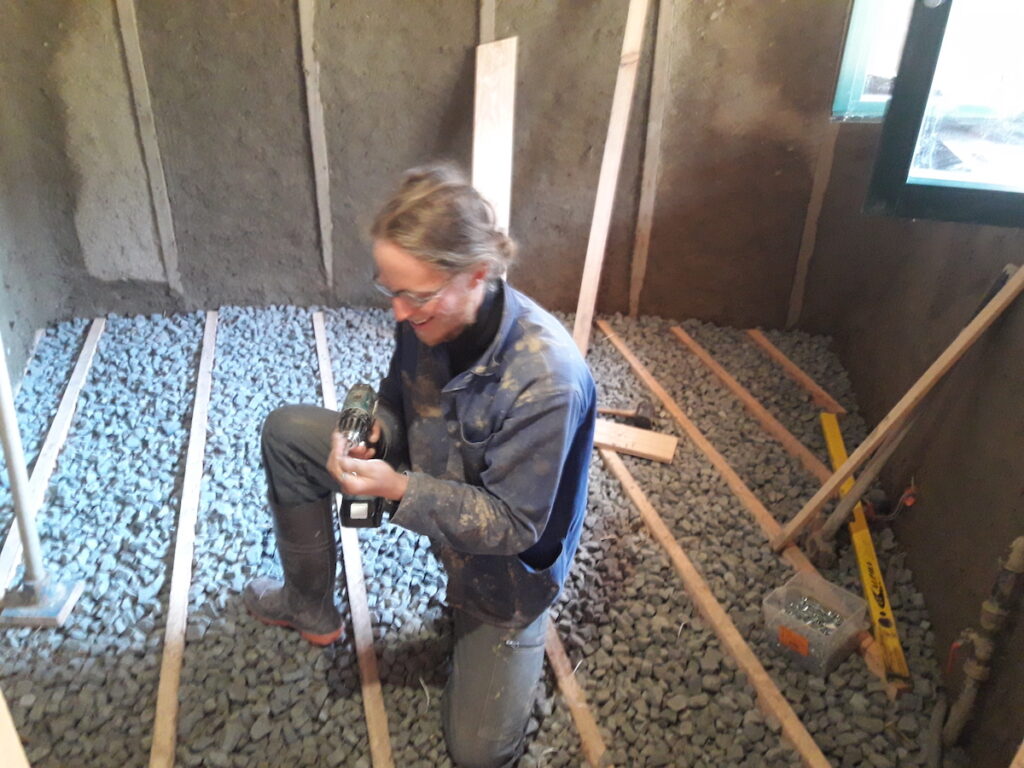
The second option for accessing these goods is self-producing them. In economically poor areas, such as where I did my fieldwork, this was a common, if complicated option. At first glance it might appear to be a “free” solution, but it requires access to space, land and/or other expensive inputs that cannot be self-produced and thus necessitate monetary resources. Moreover, in many cases, self-production imposes imperial time demands that are hardly compatible with a regular job. In the end, through self-production, essentially “productive” environmental practices, such as organic vegetable growing or construction of houses, become “reproductive” activities subordinated to money and time dispositions of everyone. There is a kind of economic insolvability innate to environmentally friendly practices because they require “uncompetitive” amounts of work.
Of course, neorurals represent a marginal fringe of French society, but the environmental crisis has become a mainstream policy concern. The neorurals show that, from a technical point of view, it is possible to dramatically reduce the footprint of our livelihoods by re-localizing production and reducing our needs. However, there are socio-economic impediments that limit the ability for this to become a mainstream solution. For now, environmentally friendly practices are either “free” but do not allow practitioners to make a living, or they allow for a living but are reserved for well-paid elites and well-funded institutions. In other words, ecological transition is not only a technical but also, and probably primarily, a socio-economic problem.
Economy and jobs: “No matter how much it costs”
The COVID-19 pandemic brought about a major turnaround in France’s macro-economic policy. Emmanuel Macron, the current French president, is known as a follower of right-wing economic policy. Just to give a few examples, he has sought to reduce France’s sovereign debt by decreasing state expenditure and to increase the age of retirement to balance the budget of pensions. However, when Macron announced the first social confinement on March 12, 2020, he immediately added, “the government will mobilize all the necessary means (…) to save lives no matter how much it costs.” Macron’s speech echoed the European Central Bank’s (ECB) former president, Mario Draghi’s, famous phrase “whatever it takes,” which showed his willingness to open the tap of public money to assume all monetary costs of his political decisions.
Macron’s decision meant massive state expenditure, not only to buy medical equipment and boost hospitals but also to “avoid the collapse of the national economy and mass unemployment” (Coeuré and Inspection générale des finances 2021, 5). The logic was that it was less painful to keep the economy afloat artificially with state support than let the lockdown destroy enterprises and jobs that would need to be rebuilt afterwards. To achieve this, the economic plan included four key measures: First, state-guaranteed loans to enterprises (141 billion euros); second, a solidarity fund to small enterprises facing bankruptcy (35 billion euros); third, a partial activity/technical unemployment scheme for workers who cannot continue working full time because of the confinement (32 billion euros). And last but not least, it involved a scheme to cover the cost of small-to-medium enterprises whose activity was administratively suspended (8.4 billion euros). The plan confirmed French commitment to job preservation, as unemployment rates remain a major yardstick for assessing the performance of successive governments.
Unsurprisingly, these COVID measures caused French sovereign debt to skyrocket. A year later, a report commissioned by the prime minister estimated that COVID measures had created a loan worth 215 billion EUR and surged the sovereign debt from 98.1% of GDP to 120% of GDP (Arthuis and Commission pour l’avenir des finances publiques 2021). The report concluded that, under the current lending conditions (low interest rates due to the European Central Bank’s (ECB) PEPP program that bought loans worth 750 billion EUR), the loan is not putting the state in the difficulty of repayment. However, it argued that ECB would not be able to continue this policy endlessly. According to the reporters, the ECB was buying sovereign debts because its mission is to keep inflation under 2% and to avoid deflation. If inflation approached 2%, the ECB would immediately stop this policy (Ibid, p.23-24). Thus, again, according to the authors, it is important to create strategies that show France is taking its indebtedness seriously and is considering ways to reduce it. Until the onset of the COVID recession, France had not managed to stabilize its sovereign debt that it had contracted in previous decades. The report advised marking the COVID debt separately from the rest of the debt with the sole reason of “transparency.” Yet, the authors advised against all three publicly discussed solutions for handling the sovereign debt: first, effacement of the debt; second, making the debt perpetual; and third, confining the COVID debt to create a new mechanism/tax for paying this portion of the sovereign debt.
A week after the report, Bruno Le Maire, the French minister of economy and finance, said that he understands French worries about the repayment of the debt and that the subject requires “responsibility.” He said: “we could envisage dedicating a part of economic growth to the repayment of the debt. During the crises we have helped enterprises a lot (…). If in the near future they grow, if there is supplementary growth that increases income from the tax on enterprises, would it not be right just to use part of this tax to repay the COVID debt?” In other words, Bruno Le Maire envisages repayment of the debt from economic growth alone, as he specified, he has no intention of increasing tax on entrepreneurial activity. On the contrary, in 2022, it will decrease to 25%.
A green growth plan to mop up the sovereign debt and create jobs
As early as July 2020, the government announced that the state would mobilize extra funding to boost the French economy at the end of the lockdown. On September 3, 2020, the government unveiled a new program entitled “France relance” or “France restarts/relaunches” with a 100-billion euros envelope (of which 40 billion are covered by the Next Generation EU) to rebuild the economy. Macron presented the program by explaining that the most remarkable aspect was not its budget, but its project, i.e., France does not want to return to “pre-crisis normal.” Instead, it wants to turn the crisis into an opportunity by investing in sectors that “will make the economy and jobs of tomorrow”.
France relance consists of three pillars: ecological transition (30 billion EUR), competitiveness (34 billion EUR), and territorial cohesion (36 billion EUR). Ecological transition includes such measures as aid for energy renovation of (public and private) buildings, aid for buying more ecological cars, investment in trains as well as decarbonization of the industry. The competitiveness of the French economy is encouraged through support measures for export, investment aid for the development and modernization of the industry, aid to “digitalize” small and medium enterprises, and loans to help enterprises that want to invest but whose investment capacity has been affected because of COVID-19. Territorial cohesion includes many insertion measures, such as a special program for integrating young workers in the labour market, aid for reclassification schemes to avoid firing, investment in hospitals and allocations to local authorities for local infrastructure development projects.
While France relance includes a few investment schemes that tackle infrastructure and help households to consume better, the backbone of it is job creation through green growth. All documents and videos that present the program advertise it as a plan to “create employment that the French are waiting for.” The idea is that by greening energy and investing in innovative, cutting-edge enterprises, France will manage to create economic growth that will then create jobs. In fact, economic growth is sold as a panacea to three macro-economic problems: it helps to keep France’s sovereign debt sustainable; it permits (at least in theory) the creation of jobs; and it permits the state to raise funds for financing the “ecological transition.”
Jobs and ecology?
There are a few problems to this narrative. First, not all economic growth creates jobs (Kannan and Raveendran 2009). If it creates jobs, it first creates jobs in competitive economic sectors and only then, secondarily, in sectors that are centred on the reproduction of everyday life, such as public services, the care sector, agriculture, etc. (Davezies 2009). There is no guarantee that economic growth will trickle down to create and fund jobs that service local needs. Among neorurals, it was precisely the lack of income that limited their possibilities of remunerating local labour and generalizing environmentally friendly practices. Second, the competitive sectors might not be green sectors at all (like the automotive industry, nuclear energy, or aircraft building). To name this widespread phenomenon when job preservation takes priority over ecological concerns, sociologists have coined the term “jobs versus environment dilemma” (Räthzel and Uzzell 2011). Third, economic growth might not be strong enough to keep ahead of technological advancement and produce enough taxable income for both financing environmental transition and repaying the sovereign debt. Decades long sluggish economic growth (that Larry Summer analysed as “secular stagnation”) and desperate state attempts to boost it have largely contributed to the creation of sovereign debts in the first place. Finally, there is mounting evidence that green growth is impossible. Economic growth is not just (or not only) a manipulation of numbers, but also an increase in goods and services that use energy and other material inputs for their functioning (Hickel and Kallis 2020).
In short, France Relance is heading for green growth but it is most likely a misguided policy goal. The necessity to create jobs and service a humongous sovereign debt makes the French economy growth-addicted but imaging that economic growth can be simply “greened” appears to be a pipe dream. Of course, I would not like to suggest that, to live within the ecological limits of planet Earth, we should all become neorurals. The neorural experience, however, could invite us to find ways of remunerating environmentally friendly practices directly (Conditional cash transfers? Basic income schemes? Subsidies?) without engineering economic growth that will hopefully trickle down to all the layers of society in the form of jobs and produce enough taxable income. Where the pandemic could help – but only could because none of this has been acquired, far from it! – is to change the laws of monetary creation to fund the ecological transition without pushing for economic growth. The pandemic made many governments change their position on deficit spending; it also made the EU, for the first time in its history, take on a collective debt. Could the widespread explosion of sovereign debts finally change the rules of debt repayment and, with it, monetary creation? Or is it going to precipitate us first into unreasonable struggle for economic growth and then painful austerity measures that will curb government capacities to finance ecological transition?
Ieva Snikersproge is a post-doc research fellow at the Institut Interdisciplinaire d’Anthropologie du Contemporain at the School for Advanced Studies in the Social Sciences in Paris. Her thesis, “Working Alternatives to Capitalist Factory Takeovers and the Return to the Land in Early Twenty-First Century France,” investigated two alternatives to capitalist ways of (re)production in Southern France. She is currently carrying out a large-scale quantitative study that seeks to understand the articulation of productive and reproductive economic practices for achieving ecologically sustainable livelihoods.
References
Arthuis, Jean, and Commission pour l’avenir des finances publiques. 2021. “Nos Finances Publiques Post-COVID-19: Pour de Nouvelles Règles Du Jeu.” https://www.viepublique.fr/sites/default/files/rapport/pdf/279092.pdf.
Coeuré, Benoît, and Inspection générale des finances. 2021. “Comité de Suivi et d’évaluation Des Mesures de Soutien Financier Aux Entreprises Confrontées à l’épidémie de Covid-19.” France Stratégie: Évaluer. Anticiper. Débattre. Proposer. https://www.viepublique.fr/sites/default/files/rapport/pdf/281253.pdf.
Davezies, Laurent. 2009. “The Residential Local Economy.” Géographie, Économie, Société 11 (1): 47–53.
Hickel, Jason, and Giorgos Kallis. 2020. “Is Green Growth Possible?” New Political Economy 25 (4): 469–86. https://doi.org/10.1080/13563467.2019.1598964.
Kannan, K.P., and G. Raveendran. 2009. “Growth Sans Employment: A Quarter Century of Jobless Growth in India’s Organised Manufacturing.” Economic and Political Weekly 44 (10): 80–91.
Räthzel, Nora, and David Uzzell. 2011. “Trade Unions and Climate Change: The Jobs versus Environment Dilemma.” Global Environmental Change 21 (4): 1215–23. https://doi.org/10.1016/j.gloenvcha.2011.07.010.
Cite as: Snikersproge, Ieva. 2022. “Jobs or ecology? Why green growth is a pipe dream and how the pandemic could change this.” FocaalBlog, 25 March. https://www.focaalblog.com/2022/03/25/ieva-snikersproge-jobs-or-ecology-why-green-growth-is-a-pipe-dream-and-how-the-pandemic-could-change-this
